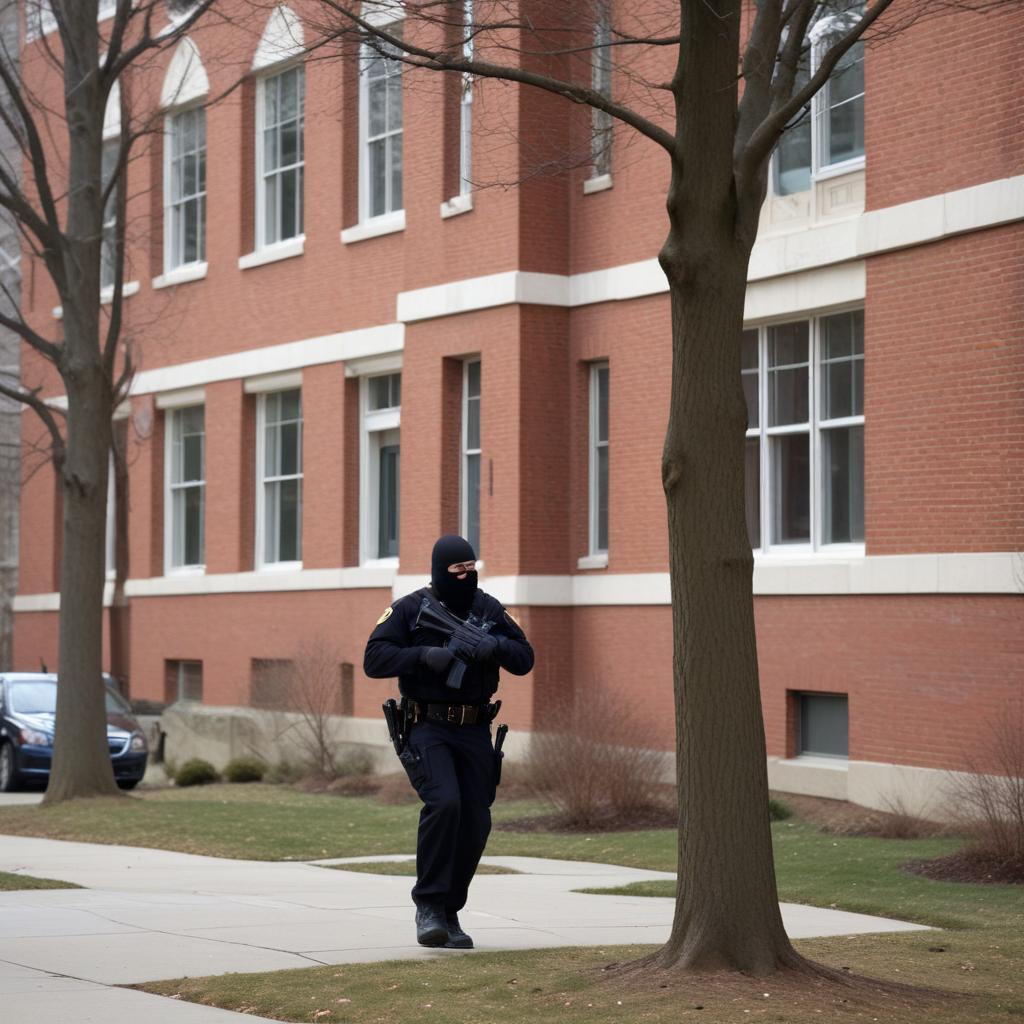A surprising trend reveals a surge in young adults, some as young as their 20s, opting for facelifts. Driven by 'filler fatigue,' affordable medical tourism, and advanced techniques, many seek to correct previous cosmetic procedures, while surgeons express ethical concerns about purely aesthetic motivations in this younger demographic.
The article highlights Amanda Preisinger, 30, a real estate agent undergoing her first social appearance after six cosmetic procedures in Turkey, including an endoscopic mid-facelift. Her journey exemplifies a growing trend of people in their 20s and 30s opting for facelifts, significantly younger than the typical 40-60 age range. This shift is attributed to factors like 'filler fatigue,' where overuse of dermal fillers causes skin laxity, the rise of weight-loss drugs, cut-price medical tourism, and new celebrity-endorsed surgical techniques, particularly the deep plane facelift. The deep plane facelift, favored for its natural and long-lasting results, repositions deeper facial tissues, offering 'beautification' and restructuring beyond just anti-aging. However, the article also delves into the contentious issue of dermal fillers, with studies suggesting they often don't fully dissolve, can migrate, and may block lymphatic channels, leading to issues like 'pillow face.' Preisinger herself attributes her need for a facelift to being 'botched' by years of fillers. Surgeons like Georgios Orfaniotis express concern about young patients seeking facelifts for purely cosmetic reasons, viewing it as a 'lifestyle choice' that might indicate deeper issues, challenging the ethical boundaries of the practice. Lucy Argent, 40, shares her experience of the industry's accessibility and upselling, feeling vulnerable post-natal. In contrast, Amy Endean, 34, represents a different facet of the trend, having undergone a medically necessary deep plane facelift after a severe accident, which genuinely transformed her life and health. The piece concludes by underscoring the diverse motivations behind these procedures, from correcting past cosmetic mistakes to life-changing reconstructive needs, against a backdrop of evolving surgical techniques and ethical debates in the aesthetics industry.



